Air purifiers vs. plants – which is better for a healthy indoor space?
Houseplants naturally purify the air, but can they compete with an air purifier?
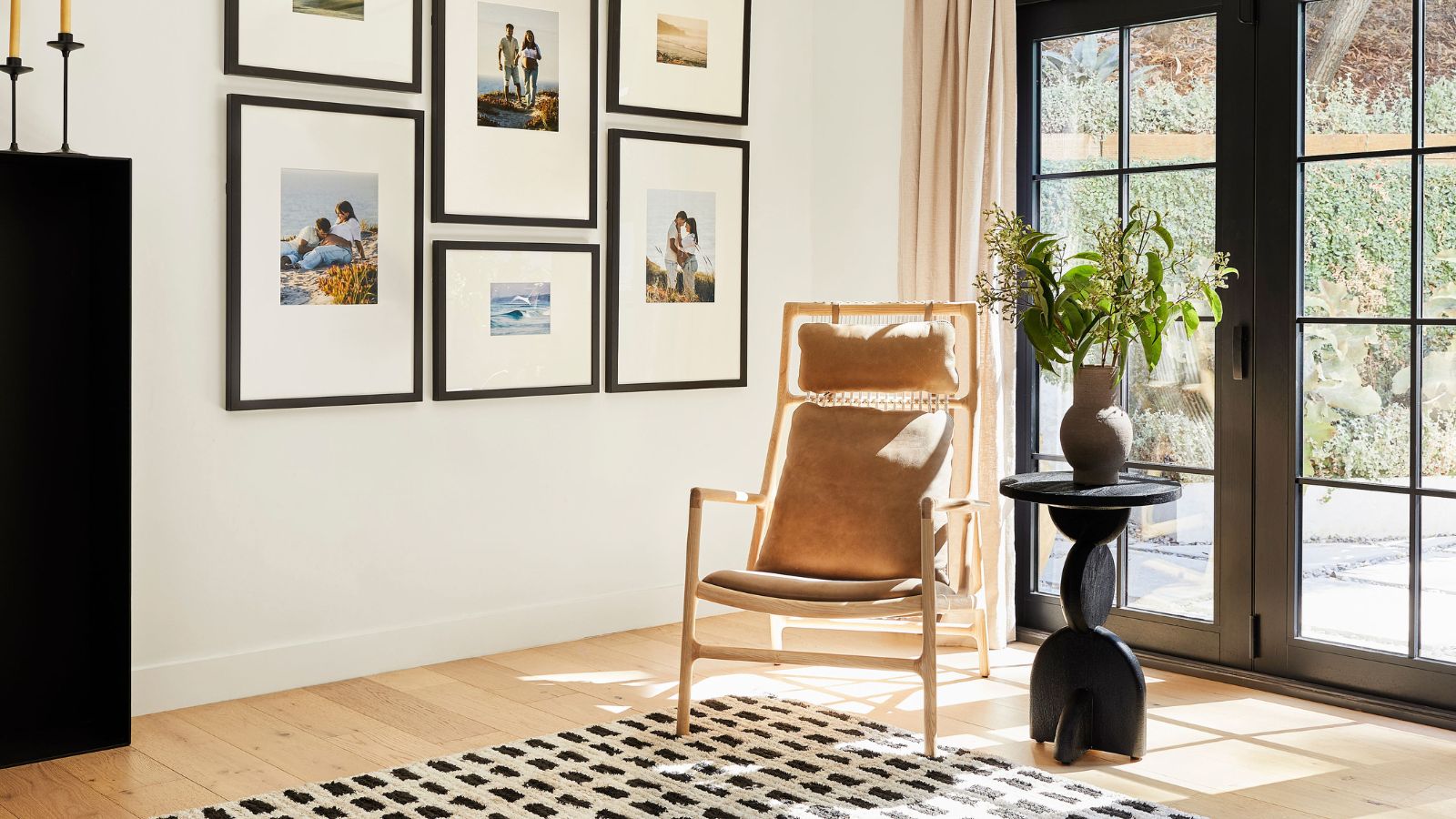
Whether it's removing pollen, pet hair, or pollution, improving your home's air quality will be a boon for your well-being. But how do air purifiers vs. plants measure up?
Plants naturally absorb gases and release oxygen, and they've been doing this self-sufficiently for millennia. But now, we have the best air purifiers that actively pull in contaminated air and release purified air, more swiftly than a plant could.
Which one works best, and can you get away with using plants instead of a new device? At Homes & Gardens, we've spent years testing purifiers and living with air-purifying houseplants. So, here's the full low-down on creating a healthy space using natural helpers or smart devices – or both.
Air purifiers vs plants
I've spent 100+ hours testing air purifiers and know the ins and outs of how they work. I also caught up with horticulturists and HVAC specialists to find out exactly whether air purifiers or air-cleaning indoor plants are best for your space.
What's the difference?
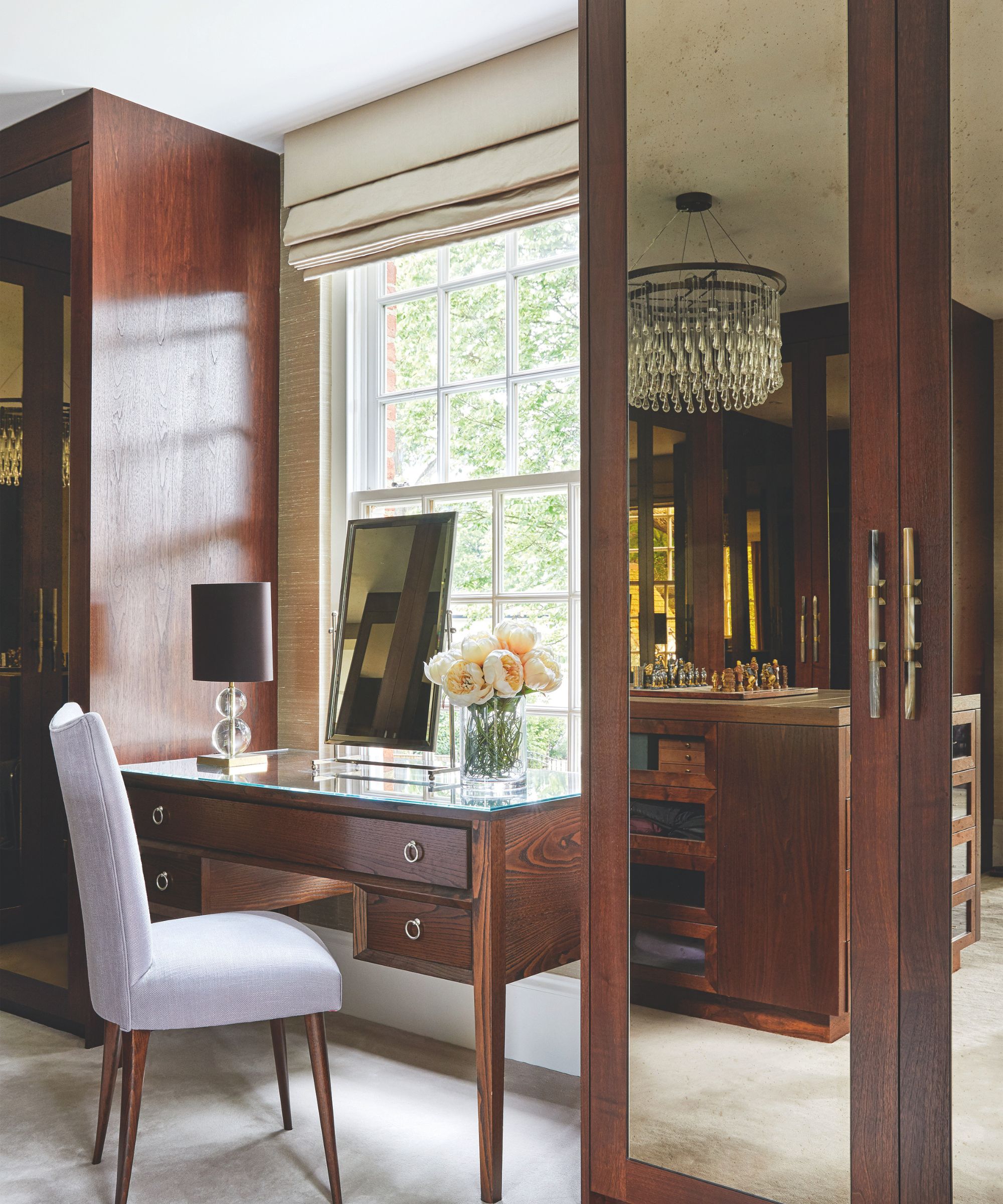
While plants can gently improve air quality and add humidity, only air purifiers can actively remove contaminants from the air.
Air purifiers and plants both aim to improve indoor air, but how they do it – and how well – is very different.
‘Air purifiers are designed to actively remove airborne contaminants – things like dust, pollen, pet dander, smoke particles, and even VOCs,’ says Lane Martin, co-founder of Modern PURAIR. ‘They often use HEPA or carbon filters, which are far more efficient at capturing microscopic particles than any houseplant could manage.’
If you’re wondering what an air purifier does, imagine a vacuum cleaner for the air – it pulls in polluted air and pushes out cleaner air. Houseplants, by contrast, rely on slower biological processes.
Design expertise in your inbox – from inspiring decorating ideas and beautiful celebrity homes to practical gardening advice and shopping round-ups.
Tammy Sons, horticulture expert and founder of plant store TN Nursery, explains that plants such as peace lilies and spider plants can remove toxins, including benzene and formaldehyde, but they operate at a slower pace.
‘Houseplants offer electricity-free charm and connect people to nature, but they’re not as swift as purifiers at removing smoke or gas particles,’ she says.
Biologist and EARTHDAY associate director Aidan Charron agrees: ‘You’d need like 100 plants per room to make a real dent in your air quality,’ he says. ‘A decent HEPA filter can remove 99.97% of particles – plants just can’t compete with that efficiency.’
Still, that doesn’t mean plants don’t help. They may not scrub the air as fast as a purifier, but they add humidity, bring a natural aesthetic and improve air quality indoors more gently.
Air quality monitors can help you measure what’s in your indoor air and track how much either option is helping, if you prefer a more data-driven approach.
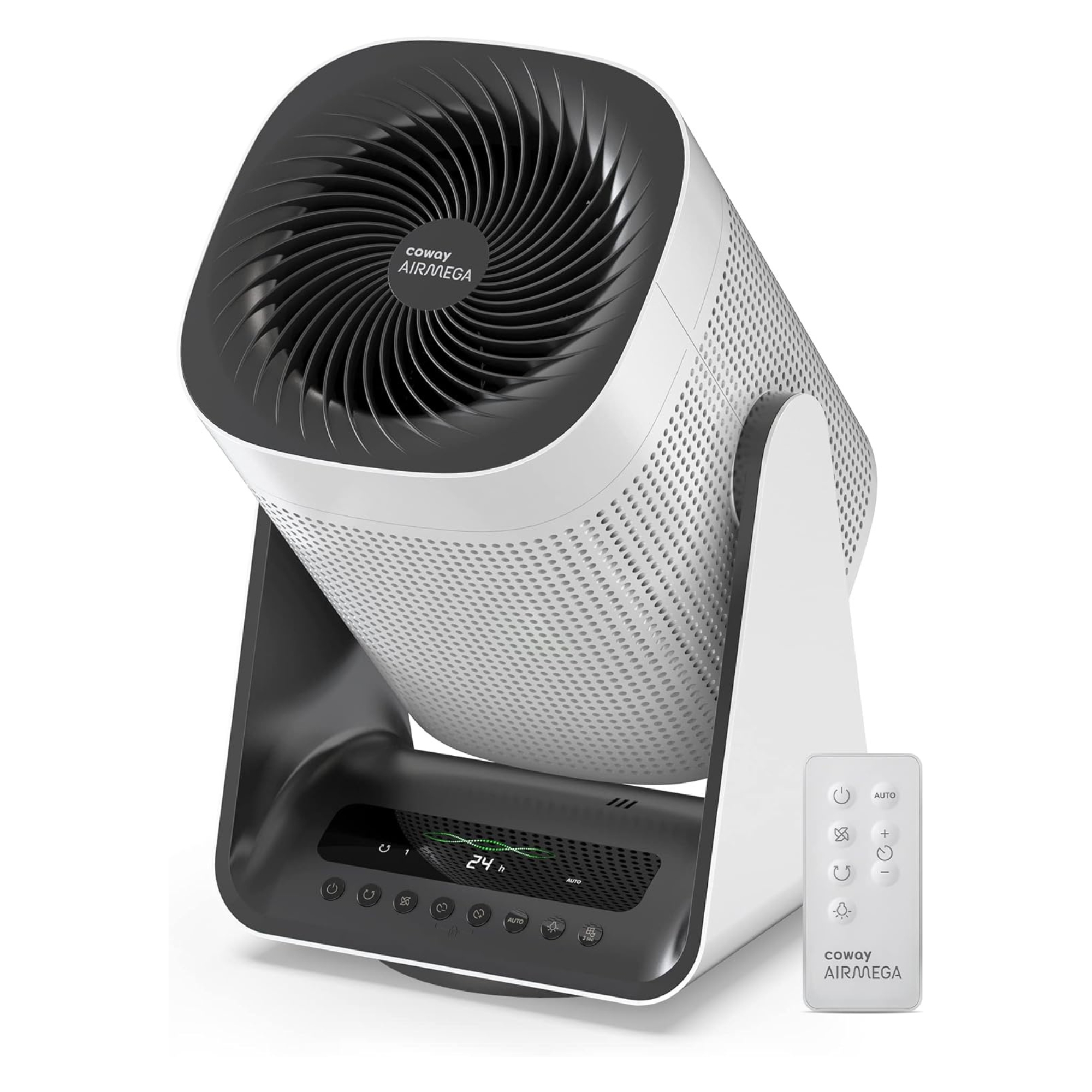
The Coway Airmega Aim is a great purifier for its price, with a HEPA filter and 360-degree purification. During testing we loved how quickly it can remove odors from the air.
Read more in our full Coway Airmega AIm review.
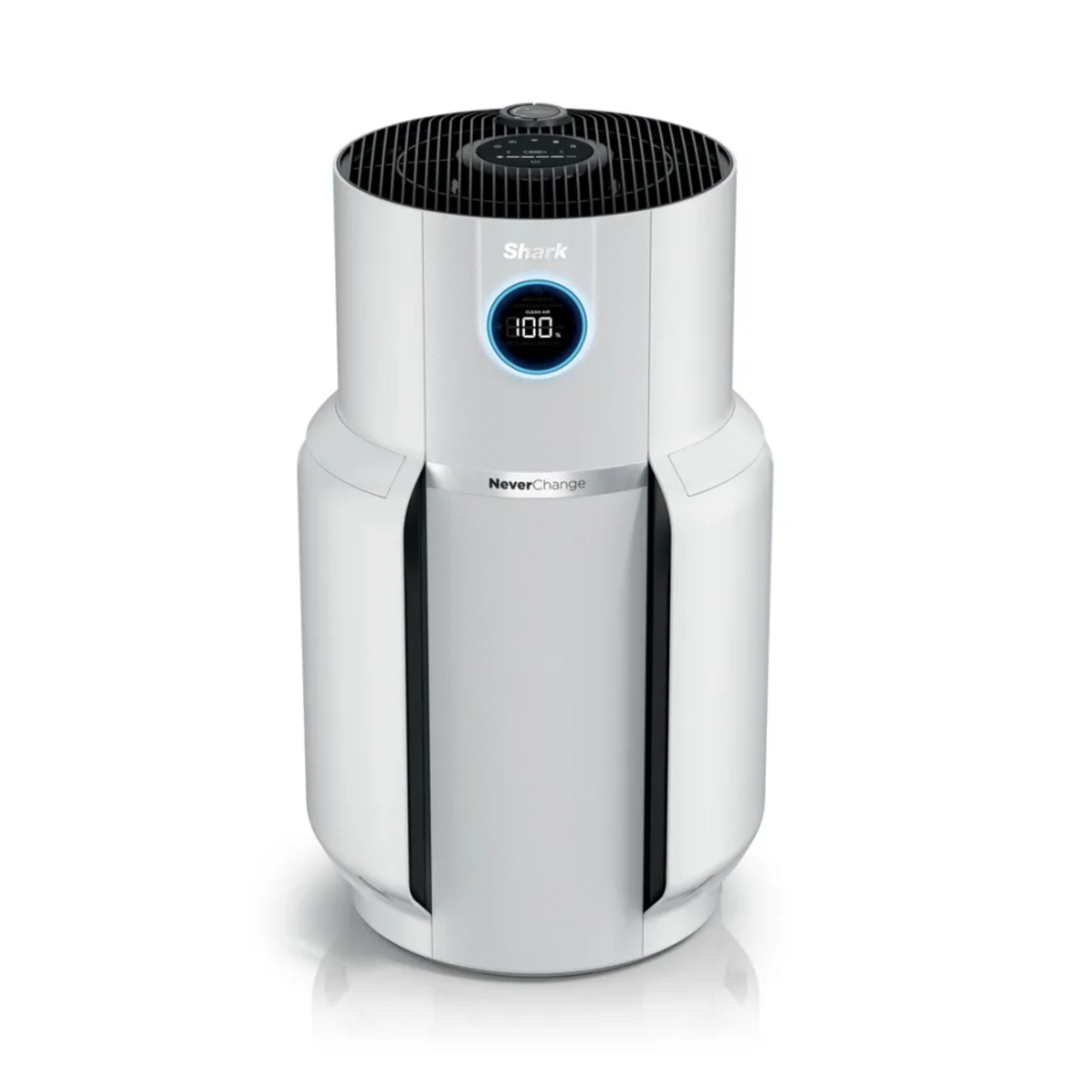
I use the Shark NeverChange MAX in my home and it's shocking how quickly it can cleanse the air. After cooking or vacuuming, it can go from 50% to 100% in less than an hour, and it leaves a fresh scent behind afterwards.
Read more in my full Shark NeverChange MAX review.
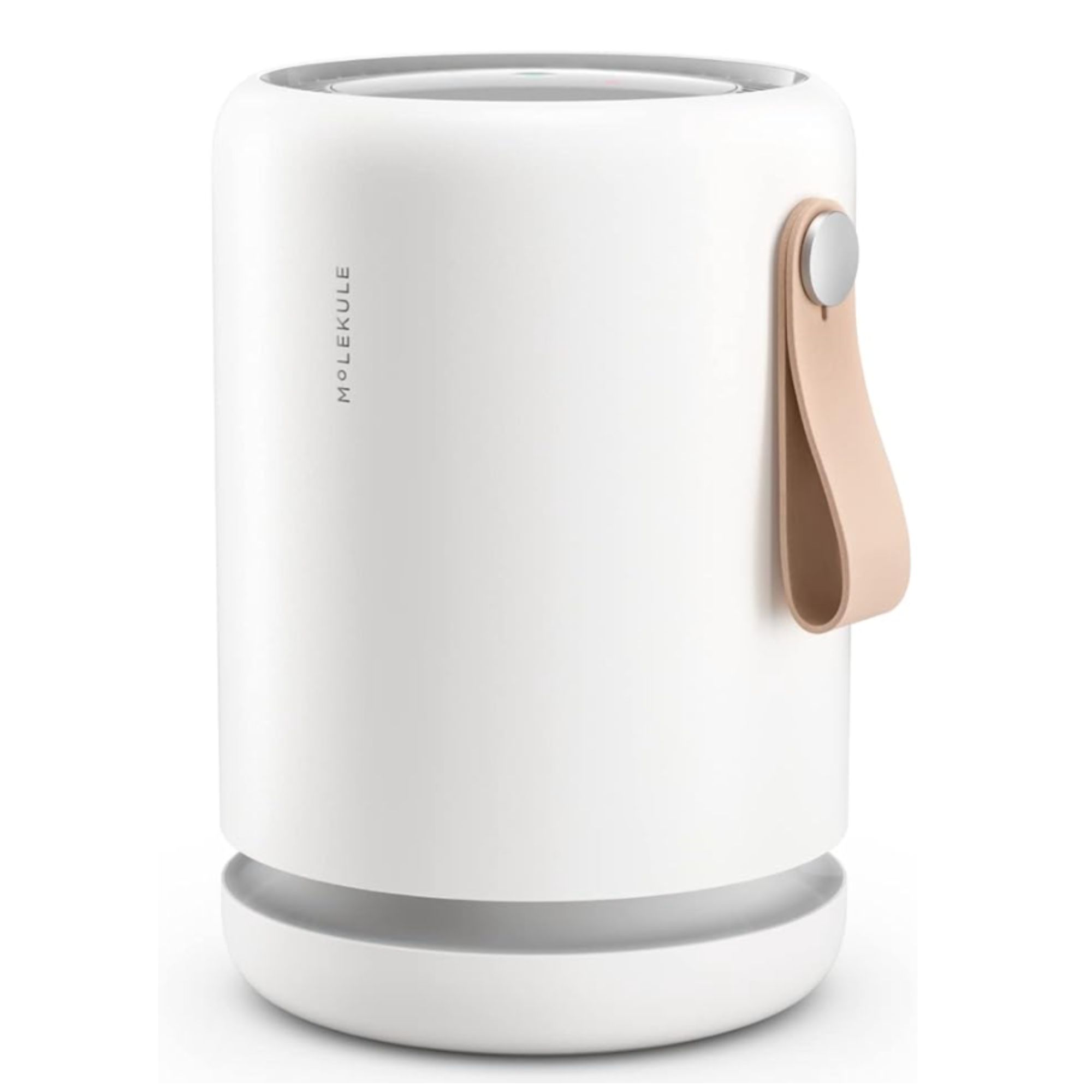
For almost a year, I've been using the Air Mini+ as a bedroom air purifier that's almost eliminated my asthma and allergy symptoms at home. It's small, quiet, and boasts sophisticated tech that actually neutralizes pollutants at the molecular level, rather than just filtering them.
Read more in my full Molekule Air Mini+ review.
Which is best for me?
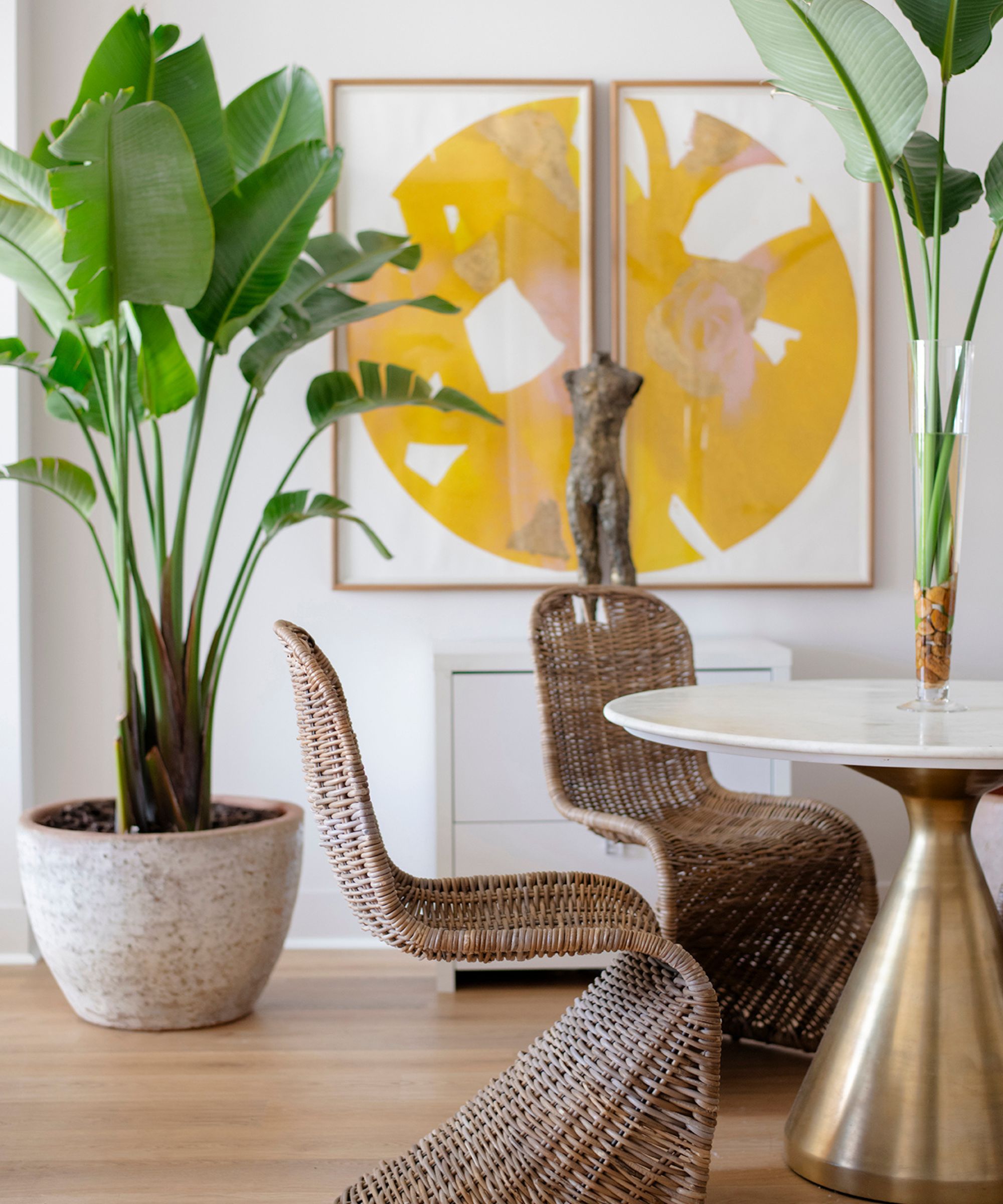
The best solution is both: an air purifier to maintain good air quality, and plants to provide natural calm and humidity.
Choosing between air purifiers vs. plants depends on your needs and how you live.
‘If you’re someone who enjoys caring for plants and just wants to freshen up a room, houseplants are a lovely addition,’ says Lane. ‘But if air quality is a concern – maybe you live near a busy road, you have pets, or someone has allergies – then an air purifier is the more reliable solution.’
If allergies, asthma or smoke are a concern, it’s best to know how to choose the right air purifier for your home and the best place to put an air purifier.
Speaking from my own experience, having an air purifier in the bedroom has made a huge difference in my sleep quality, almost eliminating my asthma and allergy symptoms.
Traffic fumes and outdoor pollutants can make their way inside, too. A purifier may be essential here as it's one of the best ways to improve indoor air quality when living in a city.
That said, houseplants come with unique benefits, and they help to create a non-toxic home. ‘Plants are the ultimate multitaskers,’ says Aidan. ‘They add humidity, look great, and some even smell good. And they do it all without electricity.’
Tammy adds, ‘Plants promote vitality and create a tranquil environment with natural fragrance. Those who find meaning in nurturing living things will love the slow, steady presence of greenery.’
Looking for a place to start? One of the best air-cleaning plants is the peace lily. Here’s where to place a peace lily to get the most from its air-purifying potential.
The best air might just come from combining the two. Let your purifier clean while your plants bring the calm. Just be aware of common indoor plant mistakes like overwatering, poor placement, or choosing toxic species for pets.

Peace lilies can neutralize harmful household gases like benzene, formaldehyde, and carbon monoxide. They're easy to look after, too, as their leaves droop as soon as they need water.
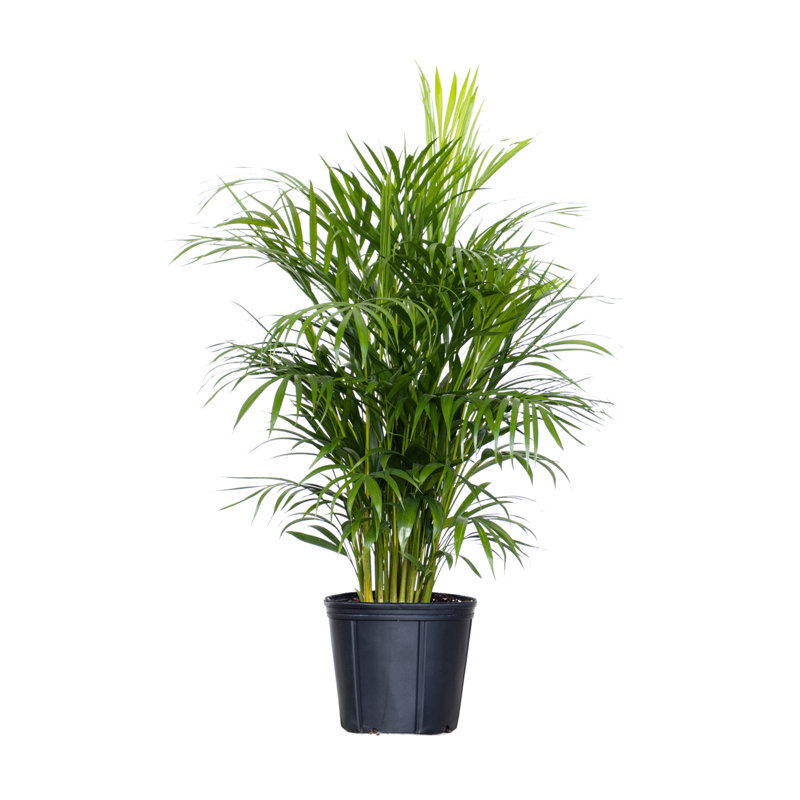
The areca palm's broad leaves can remove mold spores and ammonia (often found in cleaning products) from the air, making them the ideal greenery for a bathroom. Switching to non-toxic cleaning products will also lower your home's ammonia levels.
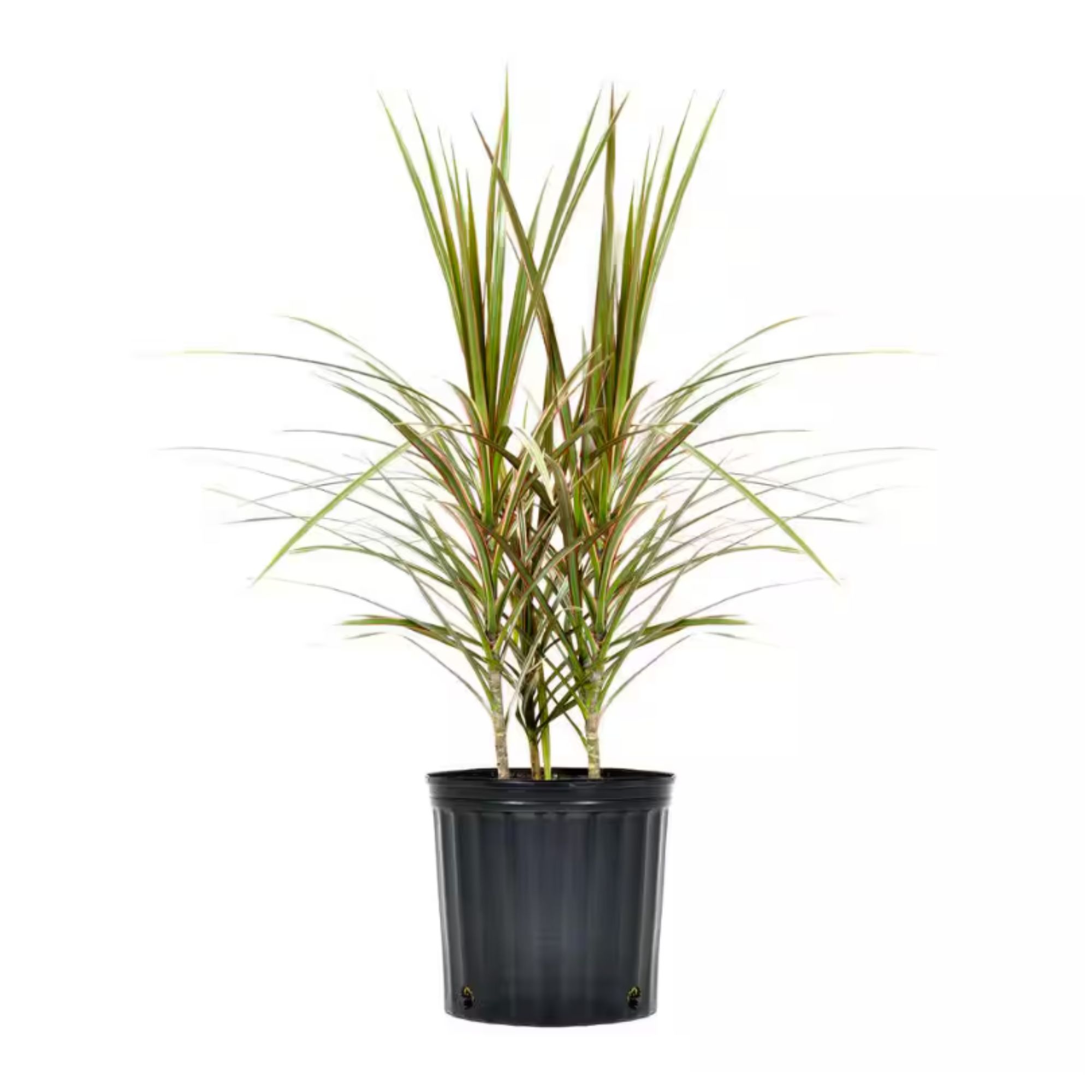
Dragon plants are one of the most effective at absorbing trichloroethylene, a major VOC found in household products such as spot cleaners and paint remover. They also target other VOCs including formaldehyde and xylene, and their pink and white leaves make them beautiful statement plants.
Next, learn the non-toxic ways to make your home smell nice, and the common household items that are polluting your air.

Dan is the Home Tech Editor for Homes & Gardens, covering all things cleaning, sound, smart home, and air treatment across the Solved section.
Having worked for Future PLC since July 2023, Dan was previously the Features Editor for Top Ten Reviews and looked after the wide variety of home and outdoor content across the site, but their writing about homes, gardens, tech and products started back in 2021 on brands like BBC Science Focus, YourHomeStyle and Gardens Illustrated.
They have spent more than 400 hours testing and reviewing vacuums, soundbars and air purifiers for Homes & Gardens.
Dan has a BA in Philosophy and an MA in Magazine Journalism. Outside of work, you'll find them at gigs and art galleries, cycling somewhere scenic, or cooking up something good in the kitchen.
